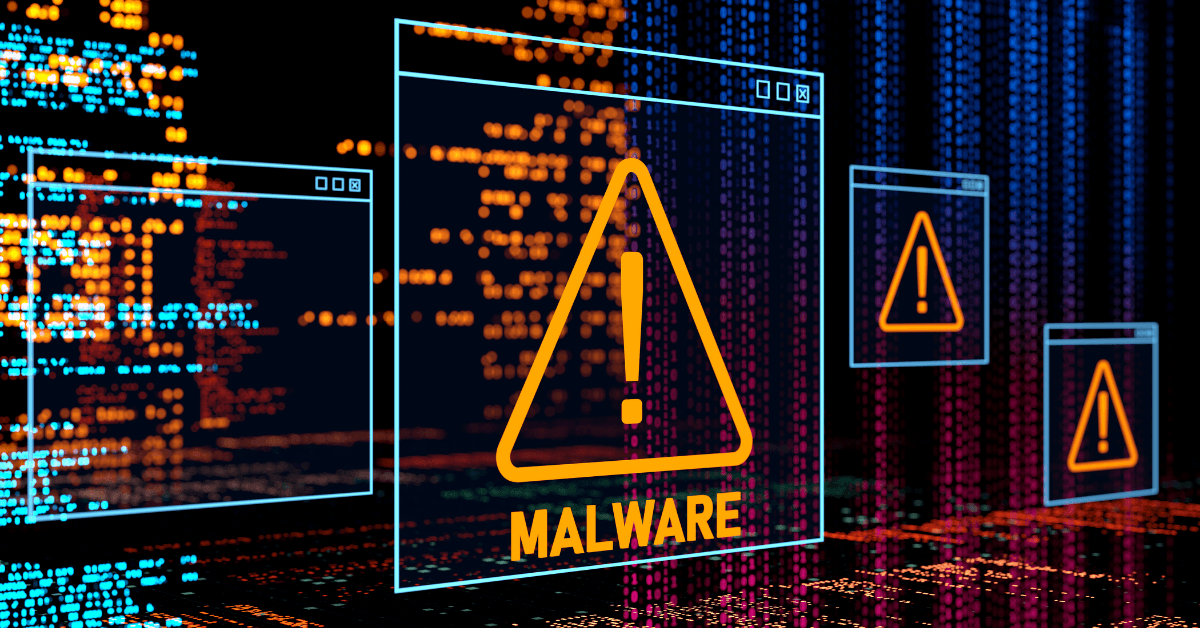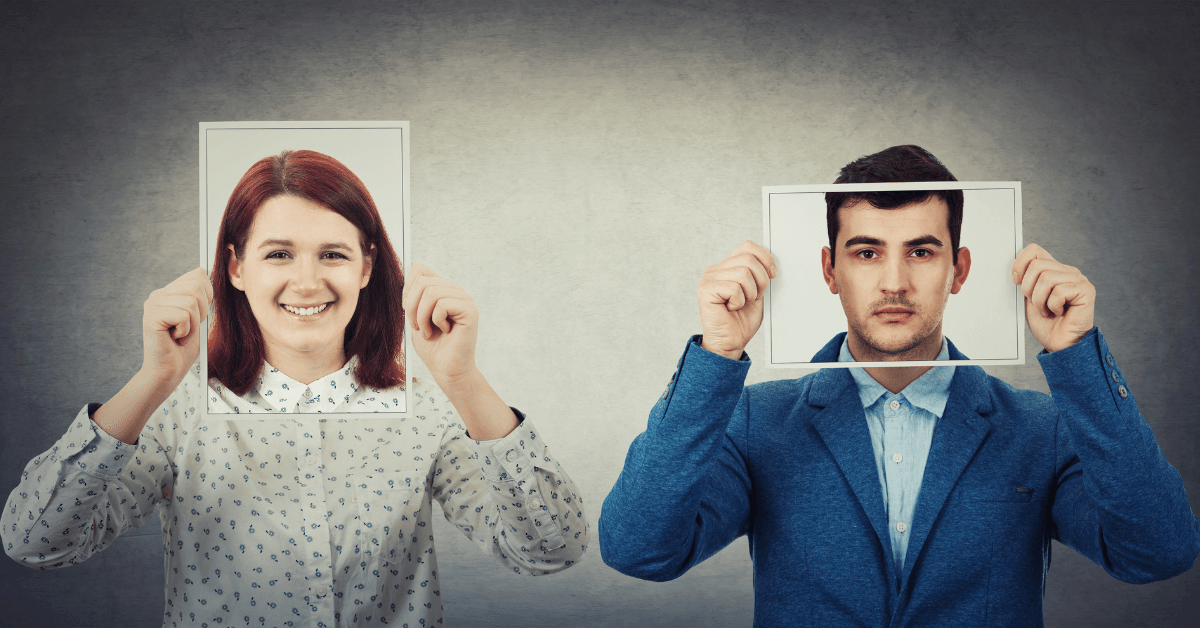The distinction between fact and fiction has become more hazy due to the development of deepfake technology. Is There an AI That Detects Deepfakes-These artificial intelligence (AI)-generated forgeries, which range from phony celebrity videos to modified political statements, quickly propagate false information. Thankfully, scientists are already creating AI techniques to counter them. This blog examines the difficulties AI confronts in identifying deepfakes as well as its prospects.
Why Are Deepfakes Important, and What Are They?
Deepfakes use Generative Adversarial Networks (GANs) to manipulate voices, swap faces, or fabricate fake scenarios. Cybercriminals use them to commit fraud, and malicious actors sway public opinion. A fake video of a leader announcing war, for example, may incite fear. As a result, identifying deepfakes has gained international attention.
These days, governments and tech companies spend money on detecting systems. Startups develop tools to detect discrepancies in movies in the interim. However, how do these systems function? Let’s dissect the science.

The Technical Analysis of AI’s Deepfake Detection Method-Is There an AI That Detects Deepfakes
AI detectors look for minute errors in digital material. Deepfakes frequently fall short in accurately simulating human behavior. Key strategies these tools employ are listed below:
1. Analysis of Facial Movement
Micro-expressions such as lip tremors or eye blinks are characteristics of real people. Deepfakes frequently produce face transitions that are not natural. For instance, the “Detect Fakes” project at MIT looks at eye movements to identify discrepancies. Its AI flags videos with blinking patterns that contradict biology.
2. Variations in Texture and lighting.
Textures like hair, skin pores, or shadows are difficult for deepfake algorithms to handle. Detectors search for sudden changes in brightness or uneven slopes. Under office lighting, a synthetic face may shine strangely, indicating that it is fake.
Lip-syncing mistakes reveal many deepfakes. sophisticated instruments Compare mouth motions with audio waveforms. The video most likely employs AI-generated audio if the speaker’s lips move slowly in sync with their voice.
AI looks at background information. Do a politician’s known associations match the emblem on their shirt? Does the décor of a room match the stated location? These discrepancies aid fraud detectors in their work.
Deepfake Detection Challenges-Is There an AI That Detects Deepfakes
Despite their potential, AI detectors have challenges. Let’s examine three main issues:
1. The Arms Race in AI
Deepfake algorithms change as detection technologies advance. Hackers use detection data to train GANs, making fakes more difficult to detect. This constant competition forces researchers to regularly update their models.
2. Lack of data.
We need large datasets of authentic and fraudulent media to train detectors. Obtaining a variety of deepfake samples limits the accuracy of many organizations’ models.
3. Demands for Real-Time Detection
For social media networks to prohibit hazardous information, rapid detection is necessary. However, evaluating high-resolution films in milliseconds strains computer resources.

Beyond MIT: Pioneering Advancements in Detection-Is There an AI That Detects Deepfakes
While initiatives like MIT’s “Detect Fakes” spearhead research, more recent methods push the envelope. The following are new trends:
1. Verification via Blockchain
Some platforms use blockchain technology to timestamp and store original movies. Edits are traceable, as every change breaks the chain. This approach involves adding an additional level of verification to AI.
2. Biometric Behavior
These days, tools can evaluate a person’s distinctive speech cadence, stride, or typing characteristics. A deepfake cannot replicate these subconscious characteristics, even if it mimics a face.
3. XAI, or Explainable AI
Contemporary detectors highlight altered pixels to give visual explanations. Viewing color-coded maps that display edited areas increases transparency and confidence.
Would it be possible to Trick AI Detection Tools?
Sure, but not without difficulty. Adversarial assaults confuse detectors by adding undetectable noise to deepfakes. Nevertheless, their impact is lessened by techniques like noise-reduction algorithms and rigorous training. For instance, Facebook used crowdsourcing assaults to enhance models in its DeepFake Detection Challenge.
Deepfake Detection Technologies’ Ethical Implications These detection technologies raise privacy issues. Should AI scan every user upload? Who controls access? Legislators discuss rules to strike a balance between civil liberty and security. Meanwhile, businesses protect identities by anonymizing data during analysis.
How Deepfakes Can Be Identified Without AI
AI is great, but human attention to detail is important. Keep an eye out for:
Unnatural Shadows: Verify that reflections and light sources line up.
Glitches: To identify flickering or warped edges, pause movies.
Verify the source by comparing the information with reliable sources.

Deepfake Detection’s Future
Experts forecast hybrid systems that combine blockchain, artificial intelligence, and human supervision. Consider applications that confirm the legitimacy of content or browsers that immediately alert you to fake videos. Cooperation between people, IT companies, and governments will shape this future.
In conclusion
In a future where synthetic media is pervasive, AI-powered deepfake detectors provide hope. Despite the ongoing challenges, innovative advancements such as explainable AI and behavioral biometrics are advancing the field. Our greatest protection is to remain knowledgeable and wary. Our capacity to protect the truth is evolving along with detecting tools.
FAQ:
How can AI detect deepfakes?
- By examining irregularities such as abnormal eye movements or face distortions, AI may identify deepfakes. Neural networks are often used to detect minute irregularities and distortions in pictures or movies.
Is there any software to detect deepfakes?
- Indeed, there are programs like Intel’s FakeCatcher and Microsoft’s Video Authenticator. These use artificial intelligence (AI) to detect deepfake signs, such as erratic lighting or misaligned audio-visual patterns.
How to tell AI deepfake?
- Look for irregular blinking, uneven skin tones, or fuzzy borders. Additionally, be vigilant for irregular lip-syncing or robotic vocal tones, as AI often struggles to replicate these flawlessly.



